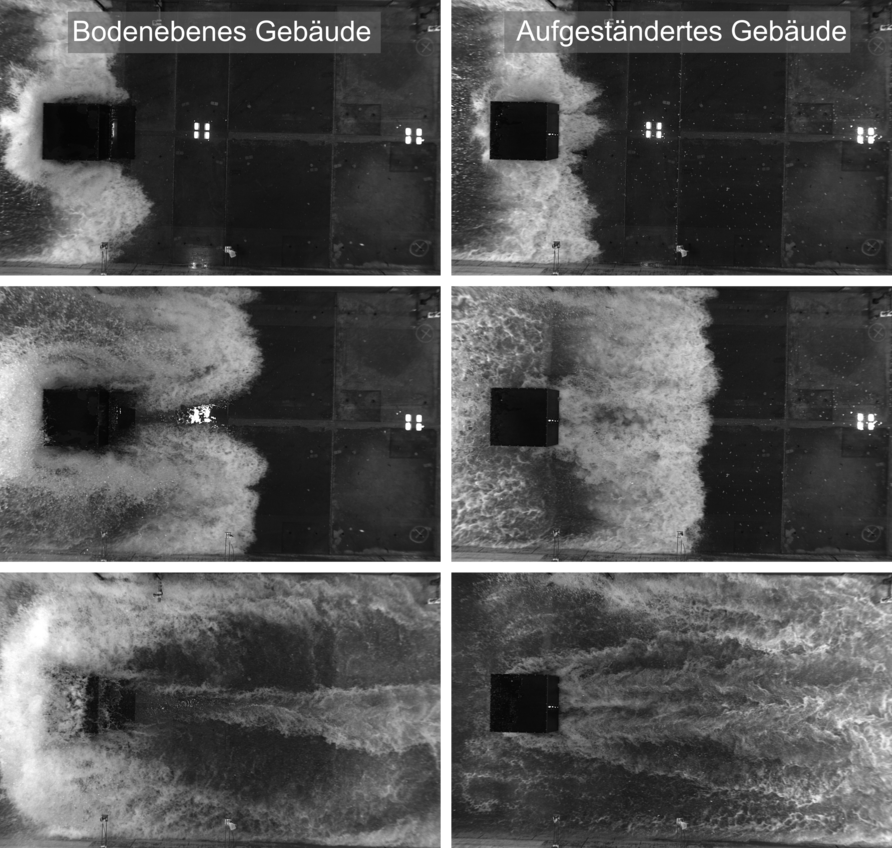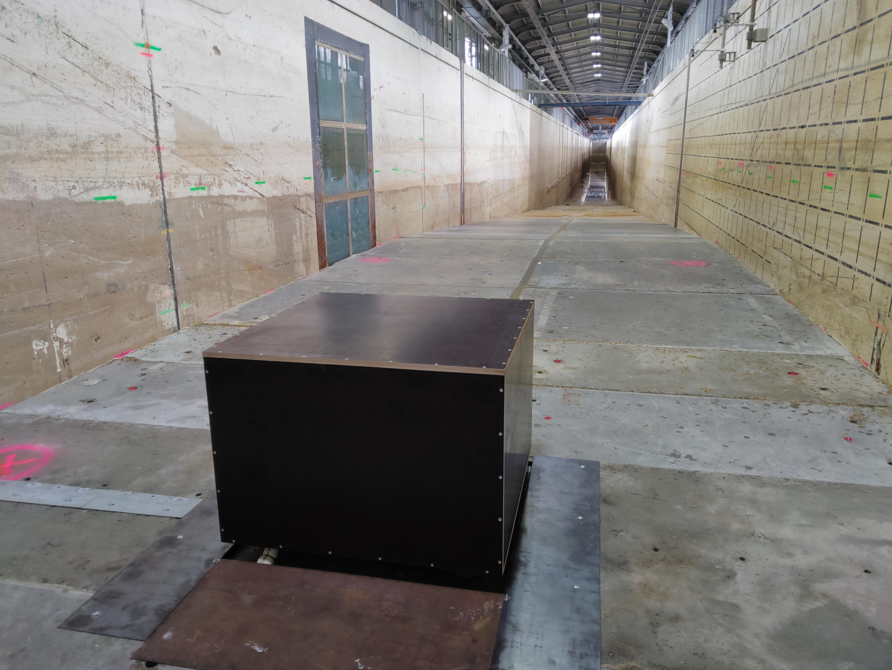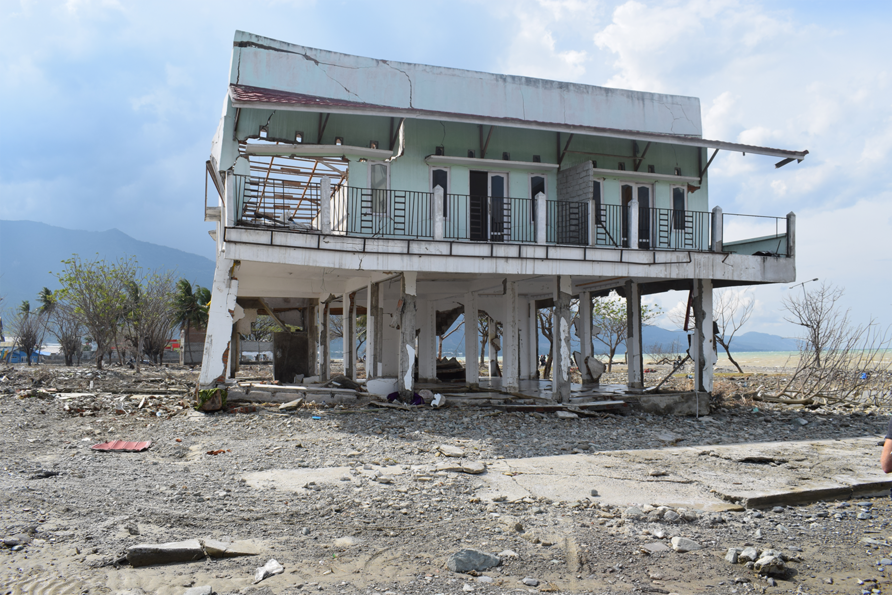Coastal regions have seen a steady increase in population worldwide in recent decades, as they provide a wealth of important economic and transportation services, as well as numerous recreational activities. However, these densely populated areas are vulnerable to various natural hazards, such as floods or even tsunamis. Dr.-Ing. Clemens Krautwald of the Leichtweiß-Institute for Hydraulic Engineering and Water Resources (LWI) has investigated the forces acting on coastal buildings here during storm surges and how building standards need to be improved. He has now received the "Coastal Engineering Journal Award of 2022" from the Japan Society of Civil Engineers (JCSE) for his work.
How to protect buildings from flooding is one of the questions that people in coastal regions are increasingly having to deal with. One strategy: elevate structures with pile foundations. "Elevated coastal buildings have suffered less damage in recent events because the water has been able to pass underneath the building, reducing the forces on the supporting structures," explains Dr.-Ing. Clemens Krautwald, a research associate in the Division of Hydromechanics, Coastal and Ocean Engineering at LWI. "However, previous research on these forces is limited, especially in the case of extreme events."
To better understand the structural and hydrodynamic processes of the elevated buildings, LWI scientists together with researchers from the Institute of Building Design and Timber Construction have conducted and analyzed large-scale experimental studies at the Large Wave Flume in Hannover.
Building standards need improvement
Storm surges, tsunamis and dam failures result in combined loads on buildings. For example, there are lateral hydrostatic pressure forces, which are decisive for vertical building components, such as walls, and buoyancy, which is decisive for horizontal building components (ceilings). Examples of exceptional hydrodynamic loads also include debris impacts, which have recently gained prominence in research.
In one of three publications as part of his dissertation, Dr.-Ing. Clemens Krautwald was able to show how great the influence of the height of buildings in relation to the depth of flooding is for different loads and that building standards need to be improved to account for these extreme loads in affected areas. "The choice of elevated building height can reduce horizontal forces, but vertical forces can increase due to flow redirection." To calculate these forces, the scientists developed a new method that showed good agreement with the measured values. "For the future, improved elevated building forms can thus be developed for use in vulnerable areas and to improve the resilience of coastal regions to extreme hydrodynamic events", Dr.-Ing. Clemens Krautwald is certain.




